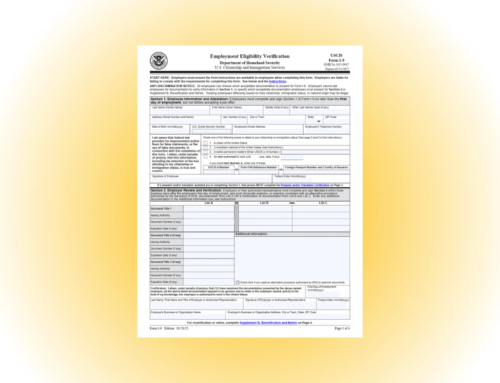You’ve heard about it for weeks – various federal rules set to bring about changes and add flexibility for current and future retirees. The news has finally broken that the Secure 2.0 Act of 2022 is now a law. The Act is part of the Consolidated Appropriation Act of 2023 and includes several modifications, some of which will go into effect immediately and others that’ll take effect in the future.
Below we’ve supplied a general summary of the Act’s changes. However, please note that there are several additional changes and differences in the timing of implementation not included in this summary, so it’s important to seek professional help to ensure that your company is compliant.
Retirees Can Hold on to Assets Longer
To help ensure that funds were used during a retiree’s lifetime rather than investing in their heirs, retirees had to start taking money from their plans at a certain age. The Secure 2.0 Act increases the current age of 72 to 73, starting January 1, 2023, and to 75, beginning in 2033.
Aid for Employers with No Retirement Plan
The Secure 2.0 Act permits an employer that doesn’t sponsor a retirement plan to offer a starter 401(k) plan (or safe harbor 403(b) plan). This type of plan requires all employees to be default enrolled in the plan at a deferral rate of 3% to 15% of their compensation. The annual deferrals limit would be the same as the IRA contribution limit, which was $6,000 for 2022, with an additional $1,000 in catch-up contributions starting at age 50. This section of the Act is effective for plan years beginning after December 31, 2023.
Part-time Worker Provisions
In the past – except in the case of collectively bargained plans – employers maintaining a 401(k) plan were required to have a dual eligibility requirement in which an employee must complete either:
- One year of service with the 1,000-hour rule
- Three consecutive years of service where the employee completes at least 500 hours of service
Effective for plan years beginning after December 31, 2024, the Act will reduce the three-year rule to two years. The Act also extends the long-term part-time coverage rules to 403(b) plans subject to ERISA.
Stronger Catch-up Contribution Provisions
Previously, employees ages 50 and up were permitted to make catch-up contributions under a retirement plan exceeding the otherwise applicable limits. The 2021 limit on catch-up contributions was $6,500 (or $3,000 for SIMPLE plans). Beginning December 31, 2024, these limits will increase to the greater of $10,000 or 50% more than the regular catch-up amount in 2025 for employees ages 60, 61, 62, or 63.
The increased amounts are indexed for inflation after 2025.
Automatic Enrollment is the New Default
A significant problem in retirement savings is that many employees don’t participate, even when they have a plan at work. One of the most notable changes from the Act is that it’ll require 401(k) and 403(b) plans to automatically enroll participants in the respective plans upon becoming eligible. While employees can still opt out, this new provision will significantly increase plan participation as employees will have to complete forms to opt out of the plan instead of to opt in. This provision is effective for plan years beginning after December 31, 2024,
The first automatic enrollment amount is a minimum of 3% and won’t exceed 10%. Each year following, that amount increases by 1% until it reaches at least 10%, but not exceeding 15%. Current 401(k) and 403(b) plans are grandfathered. There’s also an exception for small businesses with 10 or fewer employees, businesses that have been in business for less than three years, governmental, and church plans.
As mentioned earlier, this is just a brief summary of key provisions of the Secure 2.0 Act of 2022. Whether you are an employee or an employer, there’s a good chance one or more of the new provisions will impact your life and your business. We encourage you to contact a qualified financial adviser or HR expert for further questions or assistance. For additional details regarding the Act, download the official Senate summary.




